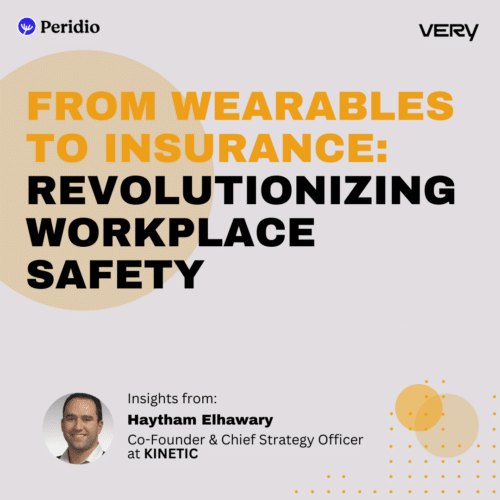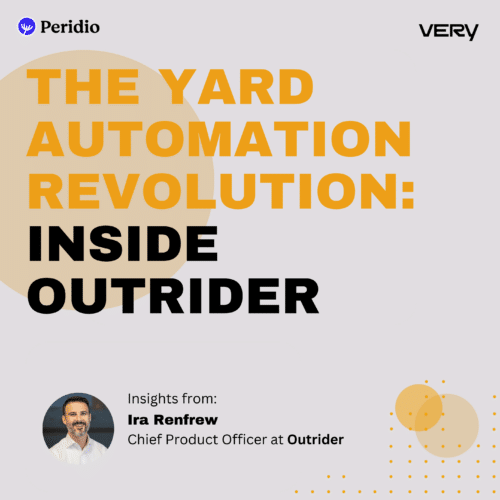Podcast
Episode 1: Tips for Early-Stage Smart Device Prototyping
March 24, 2021
23 minutes
The line between prototyping to perfection and analysis paralysis is fine. On one hand, you want to make sure your IoT-connected device is as customer-pleasing as possible.
On the other, you’ve got to get the thing to market.
In this initial episode of Over the Air: IoT Connected Devices & the Journey, we speak with Keith Nothacker, Founder & CEO of BACtrack. Along with tips for early-stage smart device prototyping, Keith shares…
Topics we covered:
- BACtrack’s journey from idea to market leader
- Reasons why some IoT companies don’t fully prototype their products
- Early (bad) ideas BACtrack tested out
Here, we’re taking a closer look at Keith’s best practices for prototyping IoT devices.
This post is based on a podcast episode with Ryan Prosser and Keith Nothacker. To hear more interviews like this one, subscribe to Over the Air on Apple Podcasts, Spotify, or wherever you listen to podcasts.
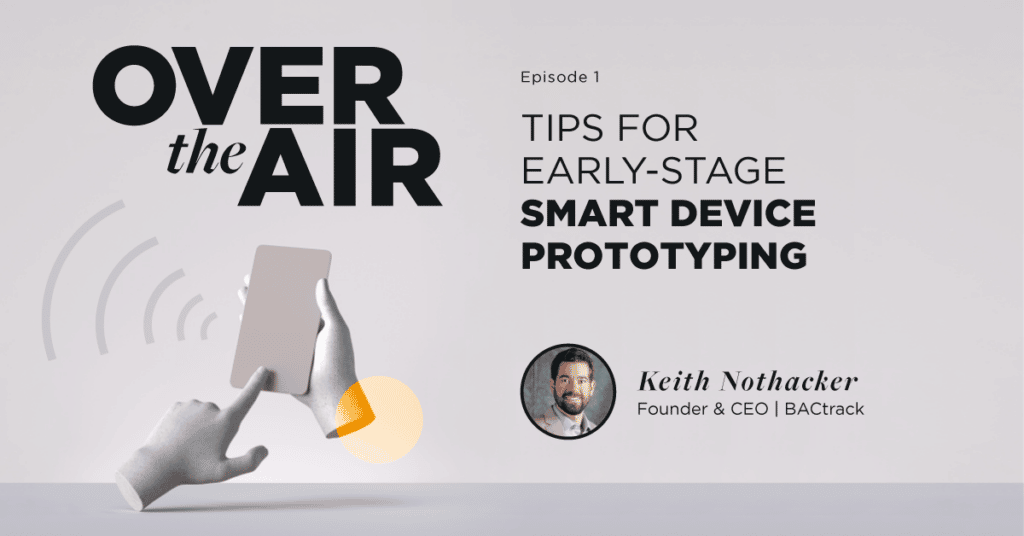
Do Your Market Research
BACtrack, like many other startups, took a bootstrap approach — no investors, just early customers. This approach actually acted as the young company’s market research.
BACtrack — now America’s #1 breathalyzer brand — began as an idea that Keith wasn’t even sure if anyone would be interested in. But, as BACtrack began exhibiting at consumer electronics shows, Keith found that people were starting to measure their biological signals (number of steps, sleeping patterns, heart rate, etc.) with smart devices.
Would they want to do the same with their blood alcohol levels? Maybe.
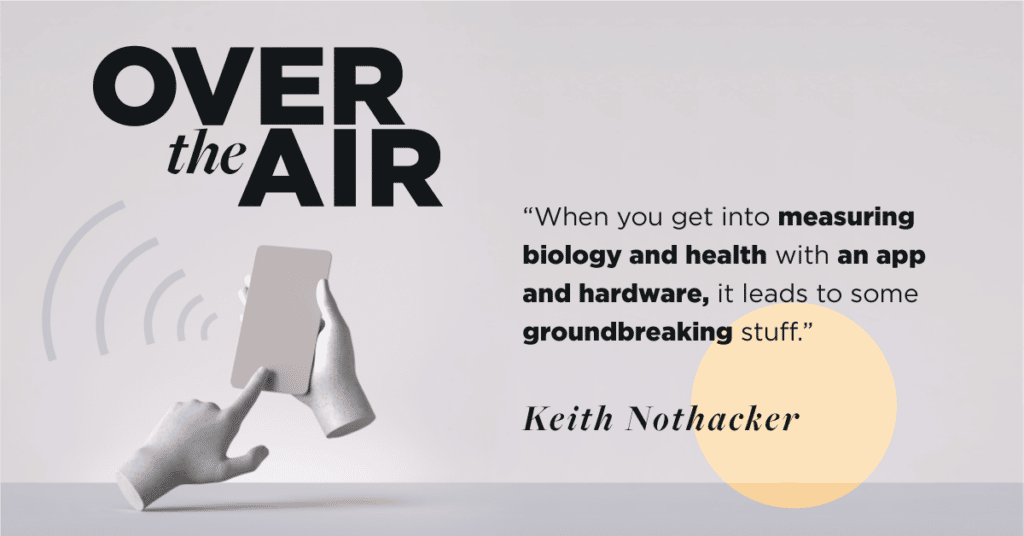
Although it was an evolution for the smart breathalyzer, Keith made sure to positively identify all of the various markets before he dove into mass production. His market research, while extensive, was hands-on and helped him determine whether a breathalyzer was worth making smart.
Takeaway: Do comprehensive market research to see where your product fits.
Meet an Actual Need
There’s no denying that hardware has a higher level of permanence than software. With hardware, such as a smartphone or a FitBit, you want to be certain that there’s a valid need before you “cut steel at a manufacturing facility,” as Keith puts it.
With software, though, there’s more room for error because mistakes are relatively easy to fix.
Keith urges early-stage IoT developers to be positive that there’s a need for their smart device before going to production. Ask yourself, How will making this device smart help someone? and Is it worth making this product smart and developing an app for it?
(Hint: Your market research should inform your answers.)
Because there’s nothing worse than being stuck with 1,000 pieces of hardware that weren’t fully thought through.
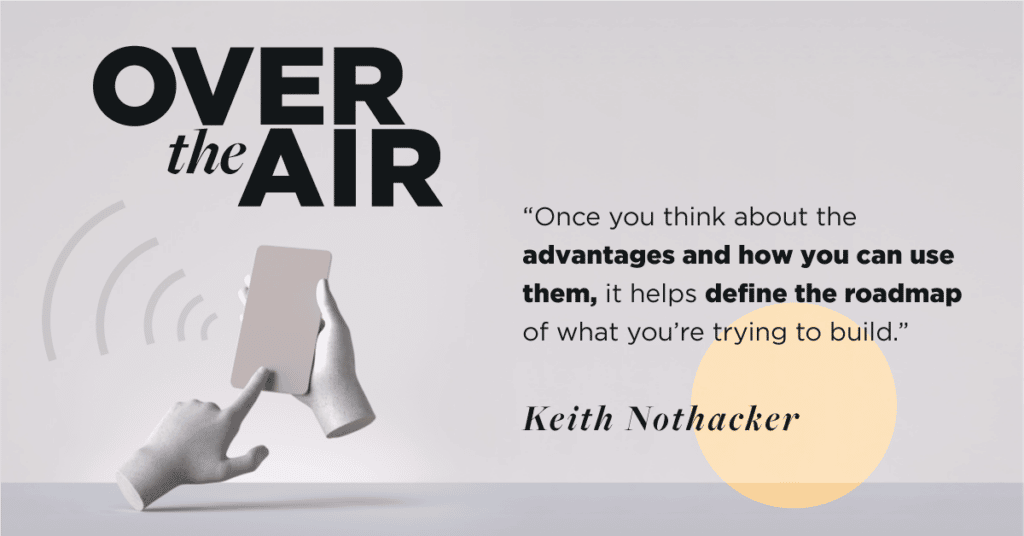
Takeaway: Make sure there’s a need for your smart device before going to production.
Find the Faults
One thing Keith never regrets doing when creating a product is aggressively prototyping. This allows him to identify any and all potential weaknesses or faults within the hardware.
Extensive prototyping takes time. And, back in the early days of BACtrack, it was expensive to create prototypes (no 3D printers then). However, in order to find any hiccups in your product, it’s worth the time and money to build multiple prototypes.
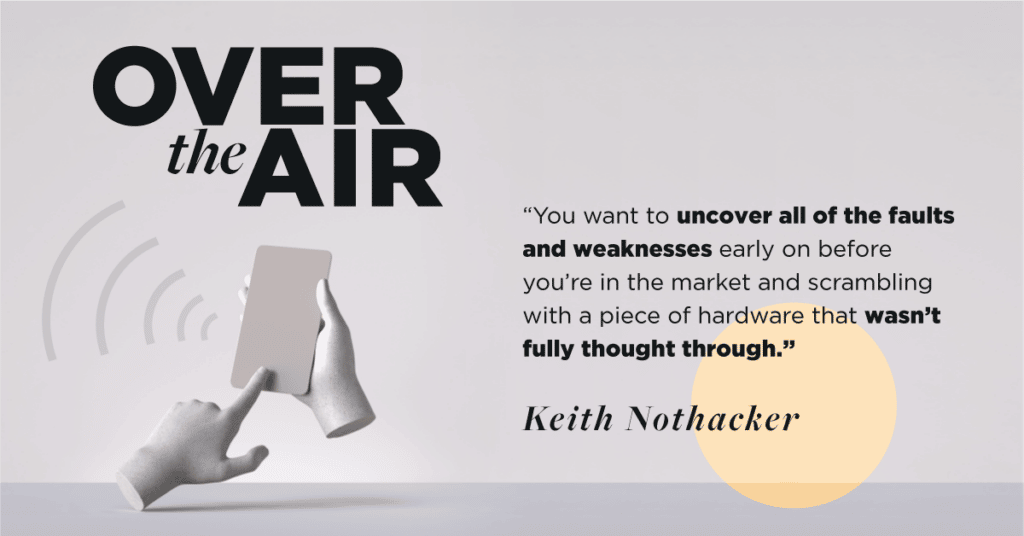
Plus, now there are now many budget-friendly prototyping tools available. Explore those options, go through an extensive prototyping process, and end up with a sleek device that you’re proud of.
Takeaway: Aggressive prototyping is worth the time and money.
Avoid Analysis Paralysis
Although extensive research and prototyping are necessary, it’s also important not to become paralyzed by the desire for perfection.
There comes a point in the prototyping process where you’ve explored all of your options and resolved the glaring weaknesses in your product. You’ve answered all the questions, you know there’s a need for your device, and it makes sense to make it smart.
It’s time to go to production.
If you continue to beat a dead horse, so to speak, your funding and opportunity will inevitably dry up.
Keith understands this point can be difficult to identify. He reminds IoT developers that “your 1.0 product is never your best product. But if you’re getting stuff out the door and it works and people are relatively happy, that’s a big step forward.”
Takeaway: Recognize when it’s time to get your product out there.
Prototype Makes (Almost) Perfect
Early-stage IoT devices should always go through a thorough prototyping process.
If you have an idea for a smart device but don’t know where to start, remember these takeaways from Keith:
- Do comprehensive market research to find your product-market fit.
- Be certain there’s a need for your smart device before going to production.
- Extensive prototyping pays off in the end.
- Your 1.0 product won’t be your best. Get it to production anyways.
For more smart device insights, subscribe to Over the Air in Apple Podcasts, Spotify, or wherever you listen to podcasts.

Hosted by: Ryan Prosser
CEO at Very
As Very's CEO, Ryan collaborates daily with product, sales, and marketing to deliver the IoT solutions our clients look for. He is also a champion for our culture, fostering transparency and efficiency across our distributed team.


